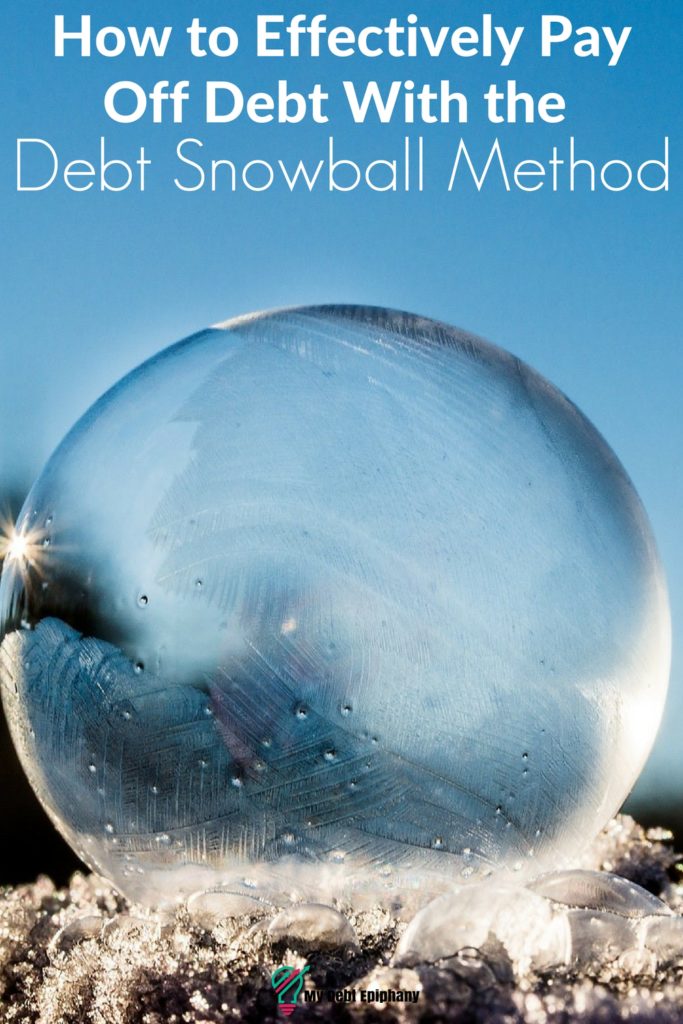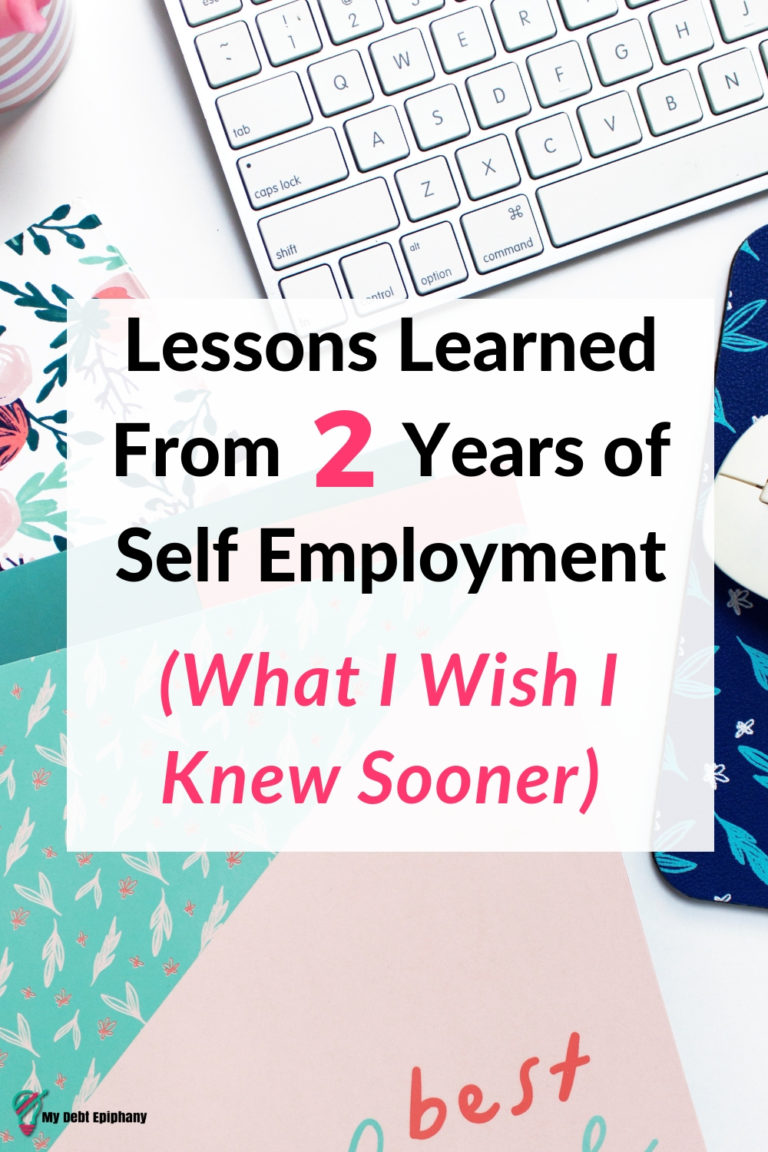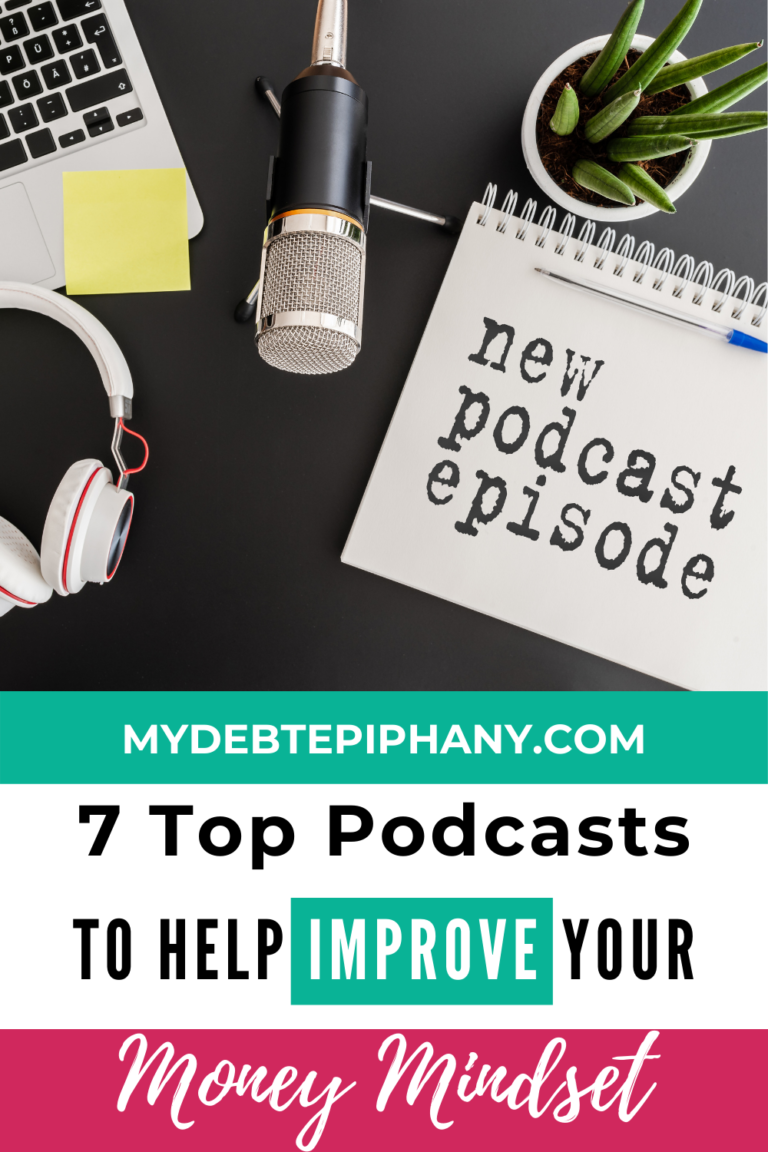How to Get Started With the Debt Snowball Method
Today I have a guest post from Jen. Jen Hayes is an HR professional, frugal lifestyle blogger, and freelance writer. You may have seen here on the blog before when I interviewed her for my Debt Mindset Series. She writes about her journey toward shedding 50 pounds and $117,000 of student loan debt on her blog Frugal Millennial.
Today’s college graduates face unique challenges that prior generations did not face – the average graduate finishes college with over $30,000 in student loan debt and weak job prospects. Understandably, many feel worried and overwhelmed by their debt.
When you think about your student loans, do you feel hopeless, depressed, and trapped? Does it frustrate you when you see a large chunk of your payments going to interest instead of to the principal balance? If you pay your loans off over 10 to 25 years, you will likely pay thousands (possibly even tens of thousands) of dollars in interest alone.
Related: How to Create a Student Loan Debt Plan of Attack
One of the best ways to avoid throwing away so much money on interest is to pay your student loans off as quickly as you possibly can. The most popular debt payoff method is Dave Ramsey’s debt snowball strategy. Perhaps you’ve heard of the debt snowball, but you’re overwhelmed by your debt and you’re not sure where to start. Follow these steps to begin the debt snowball and make your way to debt freedom.
Table of Contents
List Your Debts (and the interest rate of each)
The first step to getting out of debt is admitting that you have a problem. Debt is overwhelming, and it can be tempting to avoid dealing with it altogether. This isn’t smart – it’s difficult to create a strategy to pay off debt if you don’t even realize how much debt you have. List every type of debt you have and the respective interest rates.
Next, you will decide which debt you’d like to pay off first – which will depend on which debt payoff method you choose.
Choose a Debt Payoff Method
The most popular debt payoff method is the debt snowball. In this method, debt slayers pay the minimum balance on each debt and pay extra toward the smallest debt until the smallest debt is paid in full. Once the smallest debt is paid off, they move to the next smallest debt, and so on, until all debts are paid off.
Mathematically, it makes more sense to pay off the highest-interest debts first – this approach is called the debt avalanche. However, many people advocate for the debt snowball method because it’s more motivating. When you start with the smallest debts, you can pay off some of your debts quickly, and it feels incredible to get rid of a debt. This motivates you to keep going.
If you feel that your interest rate is too high but you’d still like to use the debt snowball method, you can consider refinancing your student loans if you qualify and it it makes sense.
Related: How to Stay Motivated Throughout Debt Payoff
Use An Amortization Calculator
To compare the two methods, try using an amortization calculator (you can find one online). Using the calculator, you simply plug in each debt you have, and its interest rate. You then determine how many months (or years) you want to take to pay off your debt, and the debt snowball calculator will figure how much extra you need to pay on your loans each month in order to achieve that goal.
You can organize the debts however you want – you can order them from lowest to highest interest, smallest to largest balance, or any other way you’d like. You can play around with the order to see which option saves you the most money.
Create a Realistic Goal
If your income is $15,000 per year and you have $100k of debt that you’re trying to pay off in one year, no amount of scrimping will make that goal possible. Make sure that your goal is challenging, yet realistic given your income and the sacrifices you are willing (or not willing) to make. What is right for one person isn’t necessarily right for another.
Maybe you want to adopt an extremely frugal lifestyle so that you can pay off your debt as quickly as possible. Perhaps you would prefer to be a little less frugal and take an extra year or two to pay off your debt. Create a goal that works for you and your unique situation.
Get Your Spouse on Board
If you’re married, it’s important to get your spouse on board with your get-out-of-debt plan. It’s hard to get out of debt if your spouse is constantly going on shopping sprees. If you’re married to a spender, try explaining to them what your debt-free future would look like.
If they understand why it’s so important, it will be easier for them to change their spending habits.
Related: How My Husband and I Paid Off $14,354.81 of Debt In 1 Year
If you’re not married, but you are in a committed relationship, it’s important to get your significant other on board too. Even if your finances are still separate, you will need their (emotional) support while you pay off debt. It will be harder for you to pay off debt if your SO is always pressuring you to have expensive date nights or go on vacations.
Make it clear to your SO that paying off debt is a priority for you, and explain to them that you may need to do some difficult things – like working overtime or being much more frugal.
Earn More and Spend Less
Getting out of debt isn’t easy, but the formula is actually quite simple: earn more + spend less. First, do whatever you can to drastically reduce your expenses – you might get a roommate (or two), move in with your parents, get rid of your car, downsize to a smaller home, or stop going on vacations. Crown Mortgage Brokers can help you knock out your mortgage faster.
If you manage to significantly decrease your expenses and you’re still not able to pay off your debt as quickly as you want to, then you have an income problem. You need to make more money. You can try asking for a raise, finding a better job, getting a second job, starting a business, or doing freelance work.
Related: 80+ Extra Income Ideas That Don’t Suck
Make Sure Extra Payments Are Going Toward the Principal, Not Interest
A common mistake that many people make when they start the debt snowball is to ignore the timing of the extra payments that they make. If you make an extra payment the day after your regular payment is due, the majority of that payment will typically go to the principal, while only a small amount goes to interest.
However, if you make an extra payment in the middle of the billing cycle, when interest has had time to accrue, a large portion of your extra payment will go to interest instead of to the principal. You want to make sure that the majority of your extra payment goes toward the principal. The faster you pay down the principal, the less you will pay in interest overall.

One Last Thought
The debt snowball isn’t easy- it will require hard work and sacrifice. If you’re feeling overwhelmed and aren’t sure how to begin, follow the steps outlined above to get started.
It will be difficult, but it will absolutely be worth it when your debt is paid off in full.
What do you think of the snowball method? Are you currently using a specific method to help you pay down your debt
Stop Worrying About Money and Regain Control

Join 5,000+ others to get access to free printables to help you manage your monthly bills, reduce expenses, pay off debt, and more. Receive just two emails per month with exclusive content to help you on your journey.




